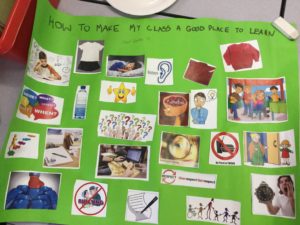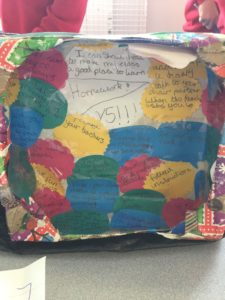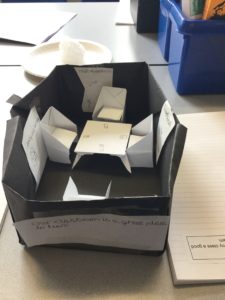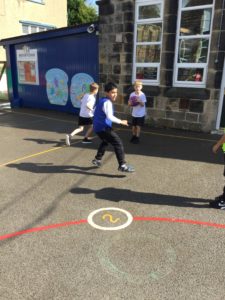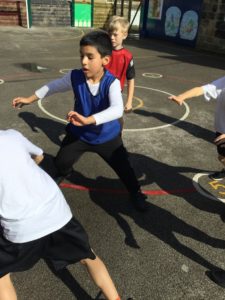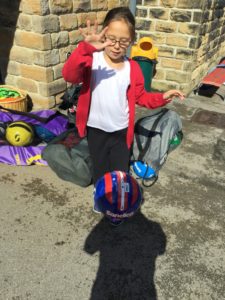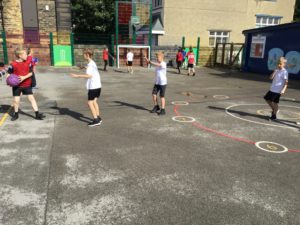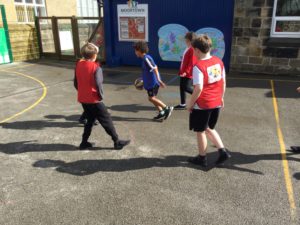This week, we’ve become explorers as part of our new big topic. Explorers is a geography driven topic that will see us embark on a journey round the world (not literally!) as we start to see that the world is bigger than we think.
Yesterday, we started by scouring through some atlases to see where in the world we’d like to explore further (LO: Where would you like to explore?). Then, we saw some images of amazing places from all seven continents (ask your child to name the seven continents) and imagined how cool it would be to explore them. In our books, we chose our favourite place and said ‘I know…I think…I wonder’.


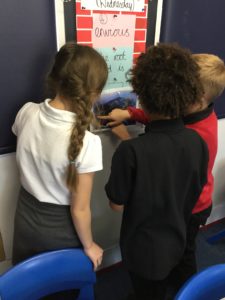
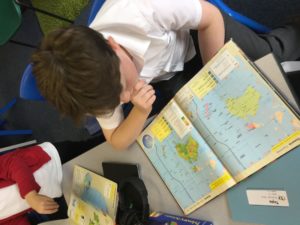
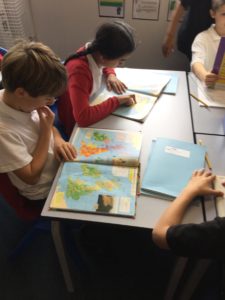
Today, we became virtual explorers by using Google Earth to explore some places we fancied visiting. We discussed the physical and human features of place and compared some of them to a place we are all familiar with: Moortown. It turns out, the Great Barrier Reef is nothing like Moortown Corner!

After being ‘wowed’ by the wonders of modern technology, we used a good old fashioned OS map to explore some places a little closer to home (LO: What can I learn from a map?). We discussed what we knew about each place just from looking at the map and then we used a key to decipher what some of the symbols meant (ask your child if they can remember any).
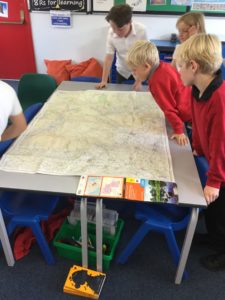
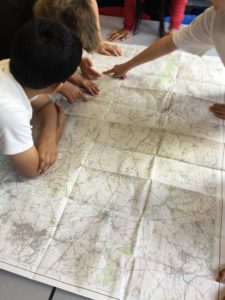
When we started to read our class novel, we noticed a map on the inside cover. Isabella, the main protagonist, is about to embark on a journey that will see her explore the mythical, dangerous land in which she lives. We presumed the Isle of Joya was a completely fictional place until we noticed something on this page…
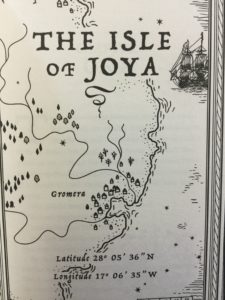
After typing the latitude and longitude into Google we discovered that they are for an actual place: La Gomera. It turns out, the novel is loosely based on the author’s holidays to the Canary Islands as a child – obviously, she’s added in some mystery and magic! To link with our map learning we created our own key and added symbols to the map of Joya. We used some of the setting descriptions within the book to help and predicted what might lie in the forbidden woods!
So, in our topic this week we’ve explored using OS maps, explored using atlases, become virtual explorers and explored a fictional land.



















